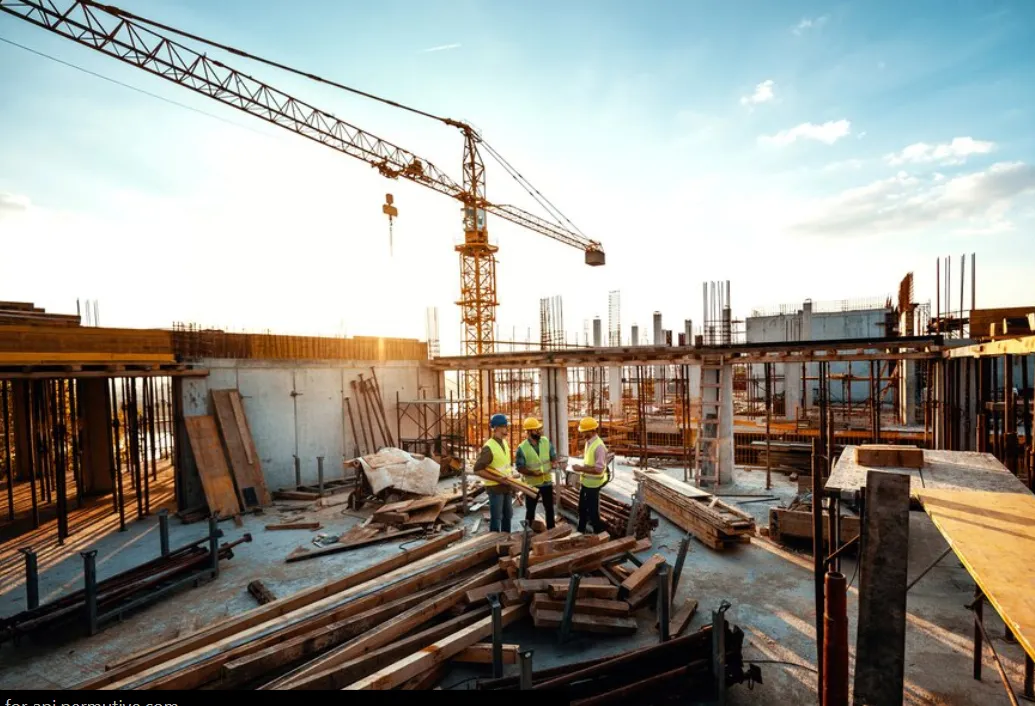
According to the Global Infrastructure Hub’s (GIH) Infrastructure Outlook 2017 forecast, about US$ 94 trillion is needed for infrastructure investment from 2016 to 2040. Additionally, the report suggests that Asia is likely to account for 54 percent of the global infrastructure investment. It is also important to note that the world’s 500 largest asset managers’ assets under management (AuM) reached US$ 104.4 trillion for the first time in 2019. Despite noting the importance of infrastructure building, a persistent infrastructure gap still exists.
The importance of infrastructure required for developing countries as a way of stimulating growth was recognised by the G20 countries for the first time during the 2012 G20 Los Cabos Summit. The Los Cabos Action Plan identified investment in infrastructure as a source to increase productivity and living standards in the medium term by addressing bottlenecks in countries such as Argentina, Australia, Brazil, India, Indonesia, Mexico, Saudi Arabia, South Africa, and the United Kingdom (UK). The discussion for creating long-term financing for infrastructure surfaced again at St. Petersburg G20 Summit in 2013. In this regard, joint action was to be taken to create a favourable environment for capital flows for long-term investment from the global capital markets and also through private investments in infrastructure. In 2014, at the Brisbane G20 Summit, India along with the other members agreed on the creation of a Global Infrastructure Initiative to help drive quality infrastructure investment across the G20 to complement the work of international development banks and initiatives in member countries. At this summit, India further enlisted global support for accelerating “the creation of next-generation infrastructure, which also includes digital infrastructure, and (ensuring) access to clean and affordable energy” through the Global Infrastructure Hub (GIH).
The G20 members emphasised the importance of lowering the barriers to investment and improving the availability of investment-ready projects.
The G20 members have further emphasised the importance of lowering the barriers to investment and improving the availability of investment-ready projects. This includes developing a knowledge-sharing network to allow members to share information on infrastructure projects between international organisations, development banks and governments. To ensure that infrastructure investments by the private sector and governments maximise the positive impact of infrastructure, the G20 leaders in the Osaka Summit 2019 endorsed six voluntary and non-binding Quality Infrastructure Investment (QII) Principles by GIH. Furthermore, they agreed to develop an effective approach to implement the G20 Lending Practices on Promoting and Prioritising Quality Investment. In 2021, the International Forum of Infrastructure Bodies (I-Bodies) by GIH, highlighted the urgent need to build a resilient infrastructure to drive post-pandemic recovery that embodies the message of “building back better”.
Indian initiatives for infrastructure development
The continued encouragement of the Indian government in this domain was observed in the report of the Infrastructure Task Force by the Department of Economic Affairs (2019), which highlighted the importance of attracting private capital, revitalising bond and credit markets, and re-examining existing investment guidelines for potential lenders of long-term funds such as insurance companies and pension funds. With regard to increasing investment opportunities, India’s Finance Ministry launched the “National Infrastructure Pipeline (NIP)” in 2019—with 6,835 projects—which require a major increase in funding, both from the government and the private sector. Through the years, India has been able to develop options for long-term investments in infrastructure such as Infrastructure Debt Funds (IDFs), Infrastructure Investment Trust (InvITs), and the National Investment and Infrastructure Fund (NIIF) which secured around US$ 4 billion of capital commitments till 2020. Some of India’s major initiatives for infrastructure development include—
- India’s Finance Ministry has introduced a Bill to set up a Development Financial Institution (DFI), to have a lending portfolio of INR 5,000 billion for the DFI by 2024. The Union Budget 2021 specified the need to build DFI to act as a provider, enabler, and catalyst for infrastructure financing.
- Debt Financing of InVITs and REITs by Foreign Portfolio Investors to be enabled by making suitable amendments in the relevant legislations. This is likely to ease access of finance to InVITS and REITs thus augmenting funds for infrastructure and real estate sectors.
- The Government of India Budget 2021–22 also announced the setting up of a “National Monetisation Pipeline” of potential brownfield infrastructure assets.
- For 2021–22, the Ministry of Finance proposed a sharp increase in capital expenditure and thus provided 5.54 lakh crores which is 34.5 percent more than the BE of 2020–21.
- To attract foreign investment in the infrastructure sector, the government granted a 100-percent tax exemption to foreign sovereign wealth funds and pension funds on their income from investment in Indian infrastructure. To ensure that a large number of funds are invested in India, the Union Budget 2021–22 proposed to relax some of these conditions relating to prohibition on private funding, restriction on commercial activities, and direct investment in infrastructure.
- Building disaster-resilient infrastructure was emphasised by PM Narendra Modi when he announced a global Coalition on Disaster Resilient Infrastructure (CDRI) at the UN Climate Action Summit in 2019.
- The Government of India announced the launch of an Asset Monetisation dashboard in 2021, which will provide visibility to investors and allow them to track their progress.
- The Credit Enhancement Fund was announced in the 2020 Fiscal Budget to expand corporate bond issuance by infrastructure-related companies along with low-rated companies.
Quality infrastructure investment as a G20 priority
Given the infrastructure development gap paradox, multilateral cooperation for facilitating investment in infrastructure is of utmost importance for India. Thus, recognising and furthering the work related to G20 Principles for Quality Infrastructure Investment will be crucial for India’s G20 presidency in 2023.
- Conducive Environment: India can amplify the necessity of building a more conducive environment to support infrastructure investment by welcoming the creation of the Infrastructure Monitor and the Quality Infrastructure Investment Database (QII Database). It must emphasise the importance of data-driven insights to better inform policy decisions and urge G20 members to maintain accessible and comparable data related to infrastructure assets. Another initiative by G20 includes the Africa Infrastructure Marketplace, which aims at providing project profiles for infrastructure projects and connects capital providers with project opportunities.
- Regulatory Transparency and Predictability: India should also call the G20 members to improve regulatory transparency and predictability. This can lead to the development of a common set of standards that can be adopted at the country level for infrastructure investment. The Government of India’s Task Force of the Department of Economic Affairs has emphasized adopting initiatives such as output-based performance standards, developing consistent processes for setting standards, improving compliance mechanisms, and creating uniform regulation.
- Mitigation of Currency Risk: In cross-border infrastructure projects, multiple risks associated with currency convertibility and fluctuations can complicate investment opportunities in developing economies. G20 members, under the Infrastructure Working Group, must explore a reliable mechanism through the strategic use of de-risking tools and other hedging tools such as interest rate derivatives to manage risks. The G20 must also highlight the need to boost cooperation among the MDBs for their de-risking products.
- Leveraging the MDBs: The capabilities of MDBs, ECAs, and DFIs can be leveraged to mobilise investment in developing countries. There is a need to build collaboration models between banks, insurers, MDBs and other lending institutions. The OECD/G20 Report, which reflects investors’ views on challenges affecting private investment in infrastructure, calls on MDBs to finance feasibility studies, including elements of commercial viability for private sector engagement in later stages.
- Private Sector Participation: India should consider spearheading a framework that would best leverage private sector participation to scale-up infrastructure investment. It can take forward G20’s agenda of building a policy toolkit to mobilise financing mechanisms to enhance infrastructure investment opportunities.
- QII Principles: India can reiterate the importance of the integration of the QII principles in its large-scale infrastructure development policy-making. The QII principles must be integrated into the implementation of projects such as “Smart Cities” or in large-scale infrastructure development in ecologically sensitive zones. Thus, in its run-up to the G20 presidency in 2023, India must lead the effort for infrastructure investment facilitation by endorsing and building on the QII principles.
The views expressed above belong to the author(s). ORF research and analyses now available on Telegram! Click here to access our curated content — blogs, longforms and interviews.




 PREV
PREV


